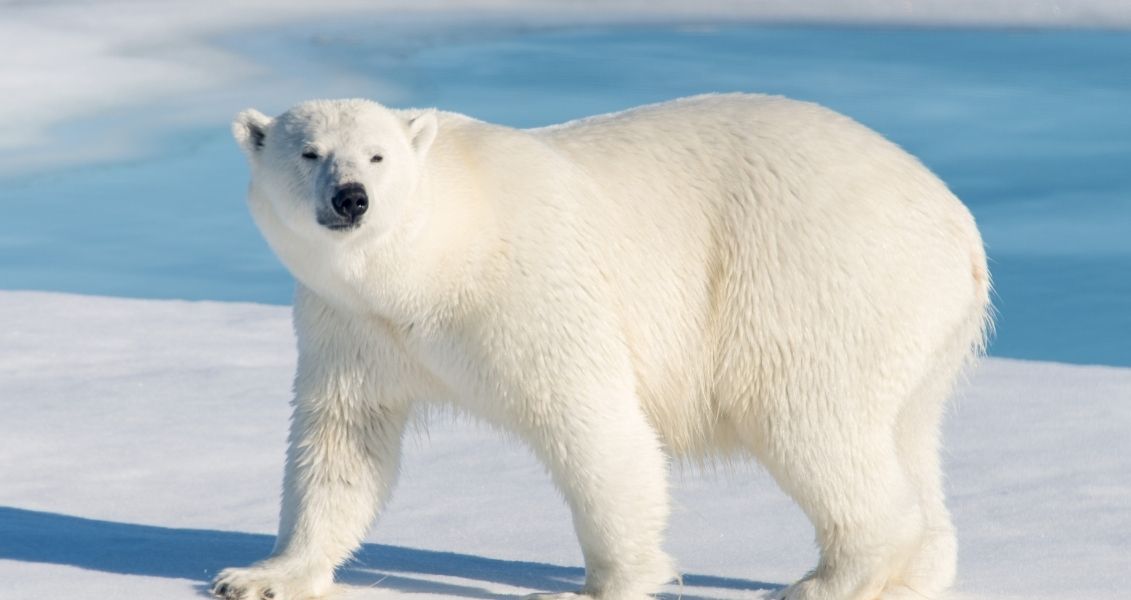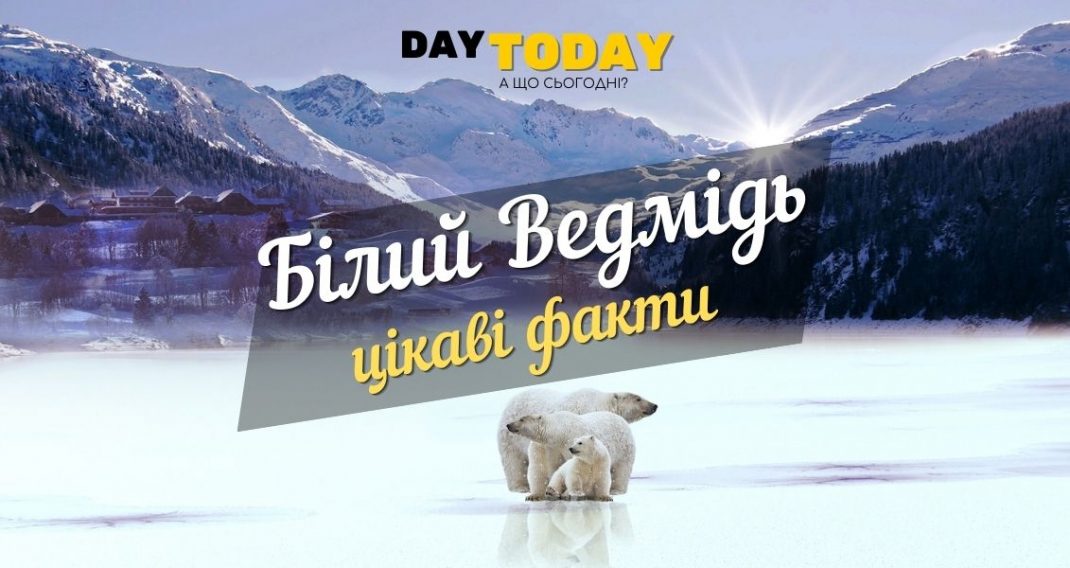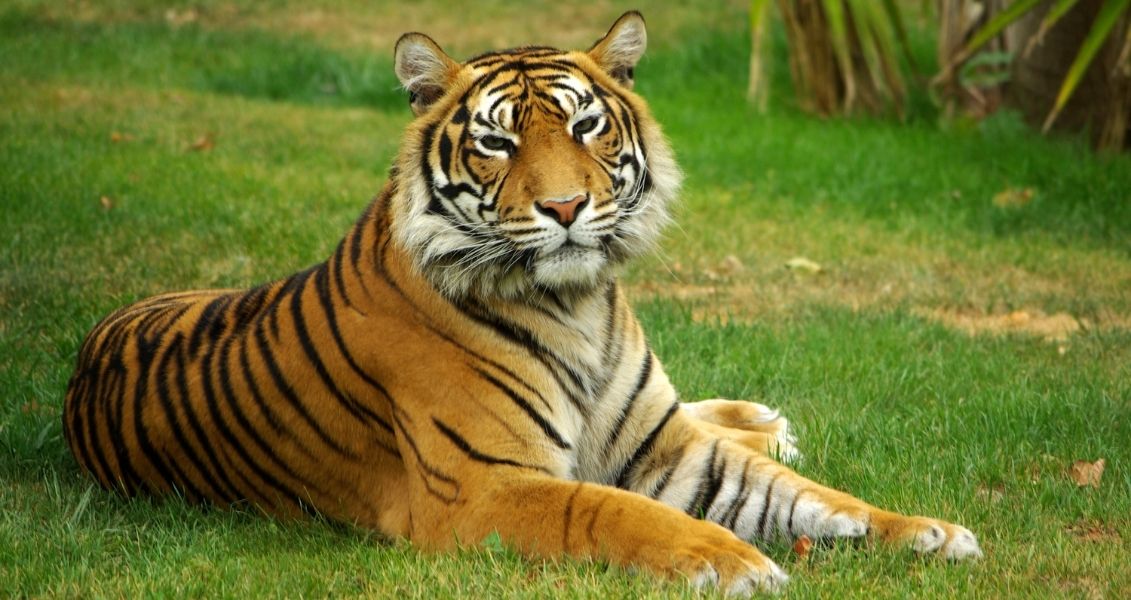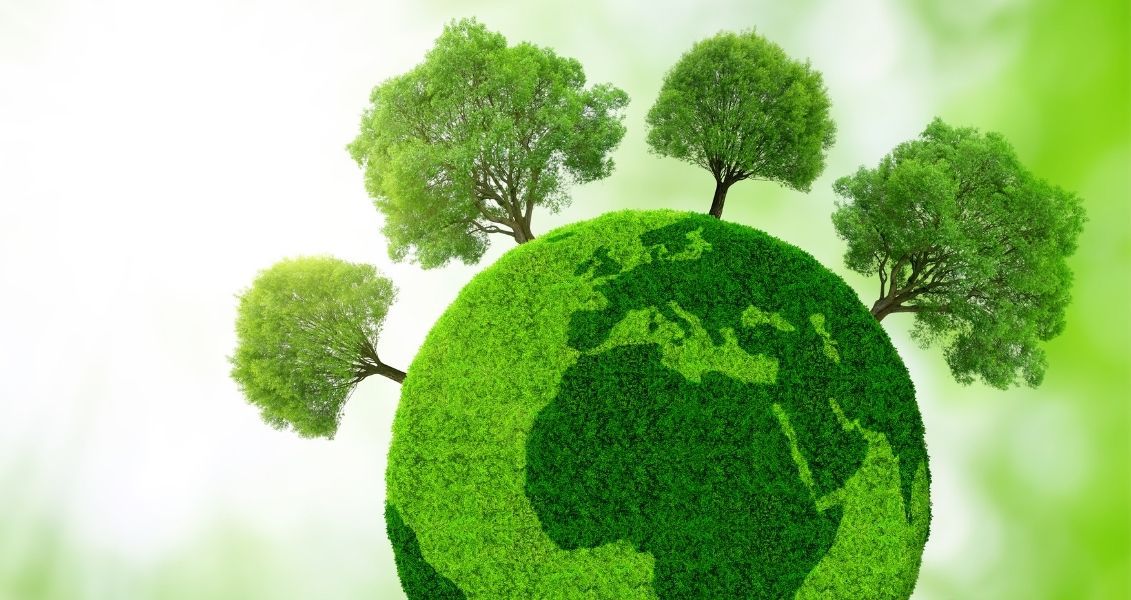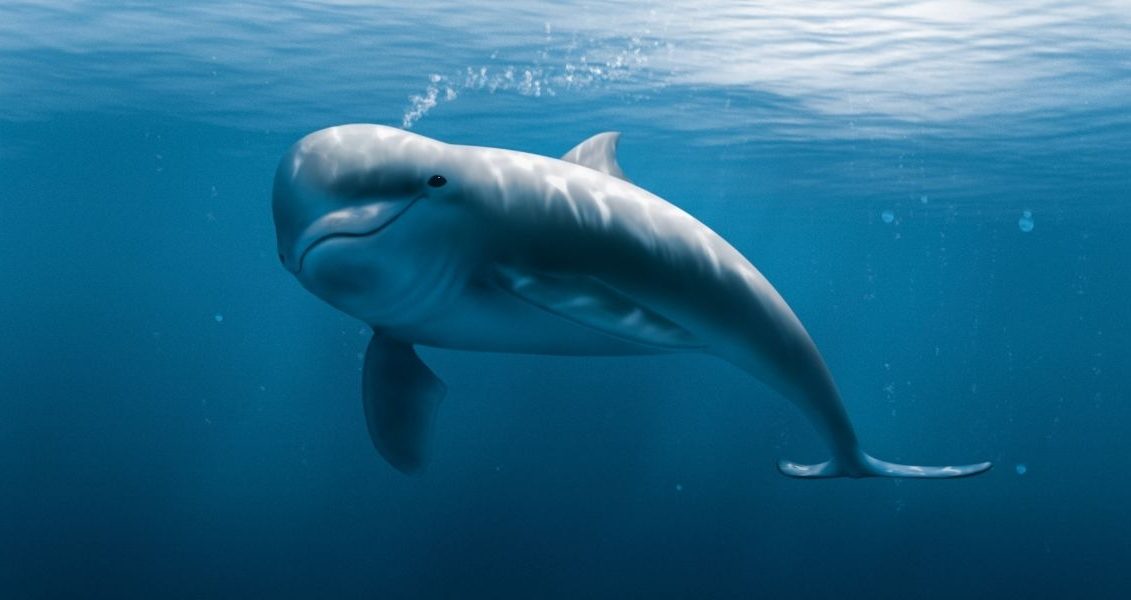International Polar Bear Day
What day is it?
It is impossible not to admire the beauty and majesty of white or polar bears — masters of the cold arctic spaces. However, recently the Arctic glaciers are melting faster than they can recover. This negatively affects the entire arctic ecosystem, but polar bears — one of the species of animals that suffer the most. They gradually lose their natural habitat and food sources and eventually die of starvation and disease. In order for people to learn more about these interesting animals, about the impact of climate change on the life of polar bears and possible actions to save this rare species, the non-profit organization Polar Bear International founded Polar bear daywhich is celebrated around the world on February 27.
How did the idea to celebrate International Polar Bear Day come about?
Polar bears as a species separated from a common bear ancestor many hundreds of thousands of years ago and went through major evolutionary changes to survive in Arctic conditions.
Polar Bear
The polar bear is the largest land carnivore on the planet. The height of these giants is from 1.8 to 3 meters. Males are much larger than females. An adult male can weigh up to 450 kilograms, and an adult female – almost half as much, up to 250 kilograms. At the end of a successful hunting season, bears gain up to 50% of their weight.
Polar bears are perfectly adapted to the icy environment in which they live. Their fur consists of two layers – a very dense undercoat and an outer layer. Such a “fur coat” prevents any loss of heat, so the threat of overheating, for example, from a long run, is much more relevant for these animals. Bear fur is not actually white, but transparent. Each hair scatters and reflects sunlight, which is why it appears white – the same way we perceive the color of snow or ice. Polar bears are at their whitest immediately after molting – then the fur is cleaner, and later it accumulates fat and turns yellowish.
When a polar bear swims, its fur gets wet, and the subcutaneous fat, which reaches a thickness of 11-12 centimeters, helps to keep it from freezing. The animal’s skin is black, ears and tail are short and compact to keep as much heat as possible.
Footprints of polar bears are real snowshoes with a diameter of up to 30 centimeters. The pads on the paws have such a structure that they do not slide on the ice, this is also helped by the membranes between the toes and strong and sharp 5-centimeter claws. But bear paws are adapted not only for moving through snow and ice – they are also perfect “paddles” for swimming in water.
Polar bears are very tidy animals. They like to be clean and dry, because dirty and wet fur does not protect well from the cold. In the summer, after each meal, the animals bathe in open water, and then thoroughly shake and wipe their fur against the snow. In winter, when the water freezes completely, bears “wash” by turning over in the snow.
Polar bears, unlike browns, do not hibernate and usually do not build a den. The exception is pregnant females, who have to give birth to cubs in a sheltered place, so they dig a small snow cave and then wait for the snow to cover the entrance.
Usually polar bear cubs are born in December, one female can give birth to one to three cubs, most often twins. Newborns are very small compared to their mother, they weigh about half a kilogram and are 30-35 centimeters tall. For 2.5-3 years, the cubs live with the bear, learning to hunt, swim and generally survive.
Poaching
For thousands of years, polar bears lived in a balanced Arctic ecosystem. The indigenous peoples who inhabited those lands hunted animals, including bears, but this did not harm the reproduction of the population. Everything began to change in the 18th century, when European, Russian and North American hunters began to rapidly reduce the number of polar bears, killing the animals without any rules or prohibitions.
Climate change
Since the 50s of the last century, the situation began to deteriorate: climate changes and melting of glaciers became more noticeable. This leads to rising ocean levels and changing the landscape in habitats polar bears.
The scientific name of the polar bear translated from Latin means “sea bear”, and for good reason. The life of these animals completely depends on the sea ice, which melts faster and longer and takes longer to recover. This means that bears have significantly less time to hunt seals. They do this precisely on the ice, and when the ice is not close enough to the shore, they have to swim for prey at very long distances, which greatly tires the animals. In the case of forced hunting on land, polar bears cannot normally provide themselves with food.
But the problem of melting ice is not the only one for polar bears. Shipping, tourism, exploration of the ocean floor, and offshore oil production lead to oil pollution in previously clean areas where polar bears live. In addition, the presence of people and technology in the Arctic does not contribute to the peaceful life cycle of this rare animal species. In order to continue to ensure the existence of polar bears on the planet, people must protect them and help them survive.
International Polar Bear Day in history
-
1927Hunting for polar bears using poison has been banned in Norway.
-
1956The Soviet Union banned the killing of polar bears on its territory.
-
1973Norway, Canada, the USA, Denmark and the USSR signed the International Agreement on the Protection of Polar Bears and their Habitat. The agreement prohibited commercial hunting of these animals, hunting is allowed only to indigenous people without the use of modern means.
-
1994The non-profit organization Polar Bears International was created to develop and implement programs for the protection and conservation of polar bears.
-
2008In the USA, polar bears have been included in the list of endangered animals.
-
2011International Polar Bear Day is established by Polar Bears International. Since then, it is celebrated annually on February 27.
Frequent Questions and answers on International Polar Bear Day
The habitat of polar bears is the snowy expanses from the Arctic Circle to the North Pole. These lands are located on the territory of five countries: the United States of America (Alaska), Canada, Russia, Denmark (Greenland) and Norway (Svalbard).
These animals are absolute predators, and the main prey of polar bears are seals and seals. Also, the remains of whales and walruses sometimes become food for them. Other sources of food, such as bird eggs or small animals, cannot fully provide polar bears with the necessary calories.
In nature, the life of polar bears lasts 25-30 years. There is a known case when a polar bear lived in captivity for 43 years.
The running speed of these predators is up to 40 kilometers per hour, but they do not sustain such a pace for long. Young bears can run 2 kilometers without stopping, older and heavier bears overheat quickly, so they cannot run for a long time.
Such cases occur quite rarely in the world – from one to three per year. A bear does not purposefully hunt a person, but may attack from malnutrition, fright, or out of curiosity. Recently, encounters between people and polar bears have become more frequent due to the expansion of human activity in the Arctic regions.
How to celebrate International Polar Bear Day?
On this day, you should share your knowledge about polar bears with friends, relatives and children. It is useful to know that climate change due to human activity can completely destroy the life of these animals. To join the protection of polar bears, it is necessary to fight against global warming. It usually seems that individuals are powerless in front of this problem, but in reality, this is not entirely true.
- In order to reduce carbon emissions into the atmosphere, it is worth using public rather than personal transport more often, and save electricity.
- Not everyone knows that the production of meat and dairy products leads to higher emissions of carbon dioxide compared to the production of cereals, vegetables and fruits. Limiting meat consumption and giving preference to locally produced products that are not transported over long distances will also contribute to the fight against climate change.
- It is also important to properly dispose of garbage, and it is better to use recycled materials, to consume water sparingly, and to consciously consume all available resources.
- Polar Bears International accepts contributions from anyone who wants to help fund polar bear research and climate change programs, particularly in the Arctic region.
- The initiative of the World Wildlife Fund is interesting – on International Polar Bear Day, it is not only offered to symbolically “adopt” a bear. Of course, this does not mean placing the animal in your home, for this you only need to pay a charitable contribution. The collected funds are used to protect polar bears from poaching and to research the habitat of these animals.
Why is this event important?
All national and international conservation organizations include polar bears in the list of rare animal species whose numbers are decreasing. Currently, there are about 23,000 polar bears in the world, but the forecasts are disappointing – if nothing changes, by 2050 the number of these animals may decrease by a third.
Polar bear is the most famous symbol of the Arctic. But the Arctic region has recently been warming about twice as fast as other parts of the planet. Scientists believe that it can still be corrected if the problem of reducing the greenhouse effect is approached with seriousness and responsibility, applying concrete actions.
It is necessary to protect polar bears, because they are the main predators in their ecosystem, that is, an irreplaceable element of balance in the nature of the Arctic. Bears regulate the number of seals and seals, which in turn regulates the number of oceanic fish. After all, the Arctic plays an important role in providing fish and seafood to millions of people in different countries.
So International Polar Bear Day helps not only polar bears – it is aimed at preserving the climate and ecology of our planet, without which human life is impossible.
When will we celebrate International Polar Bear Day?
| Year | Date | Weekday |
|---|---|---|
| 2021 | February 27 | Saturday |
| 2022 | February 27 | Sunday |
| 2023 | February 27 | Monday |
| 2024 | February 27 | Tuesday |
| 2025 | February 27 | Thursday |
